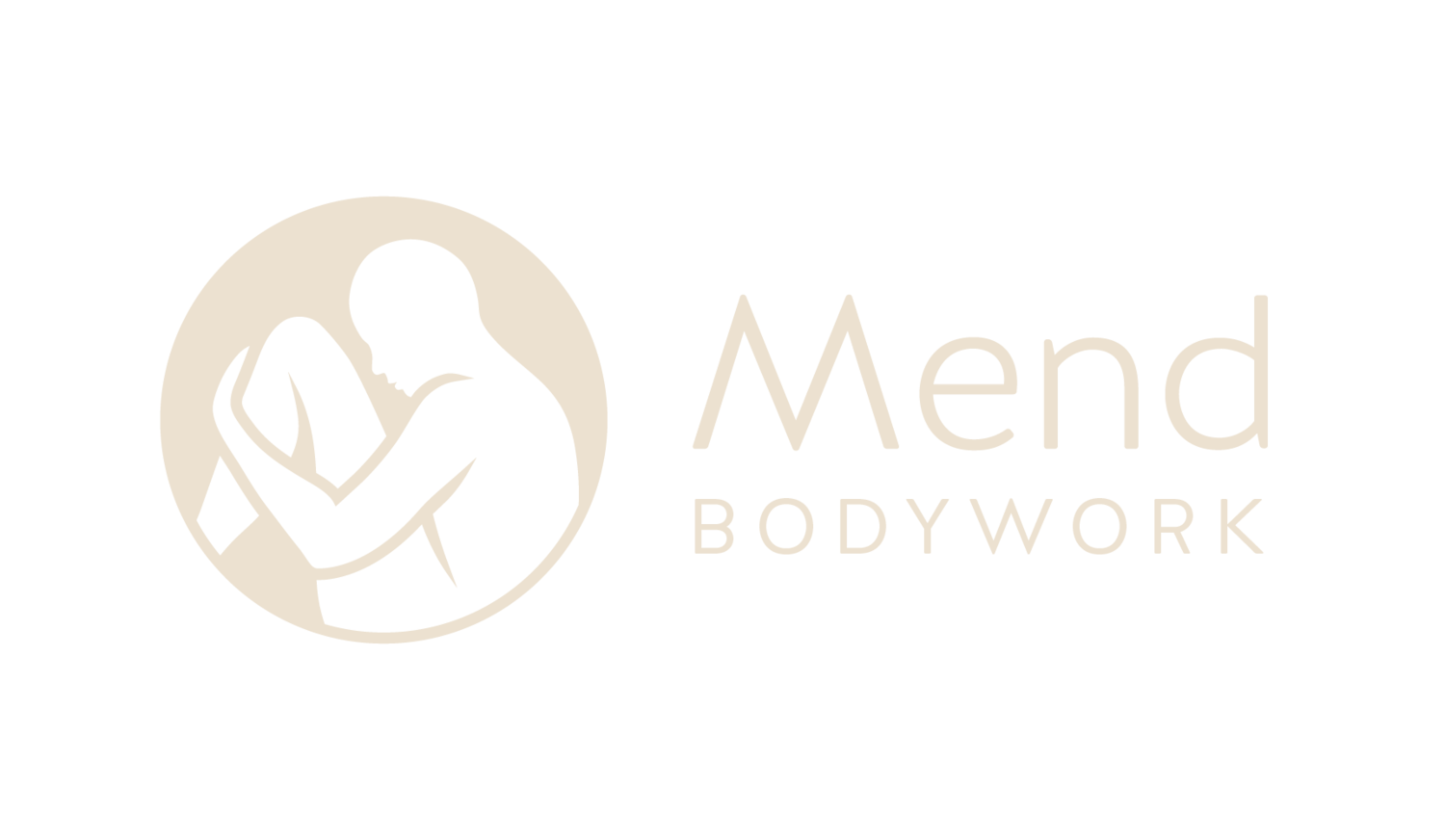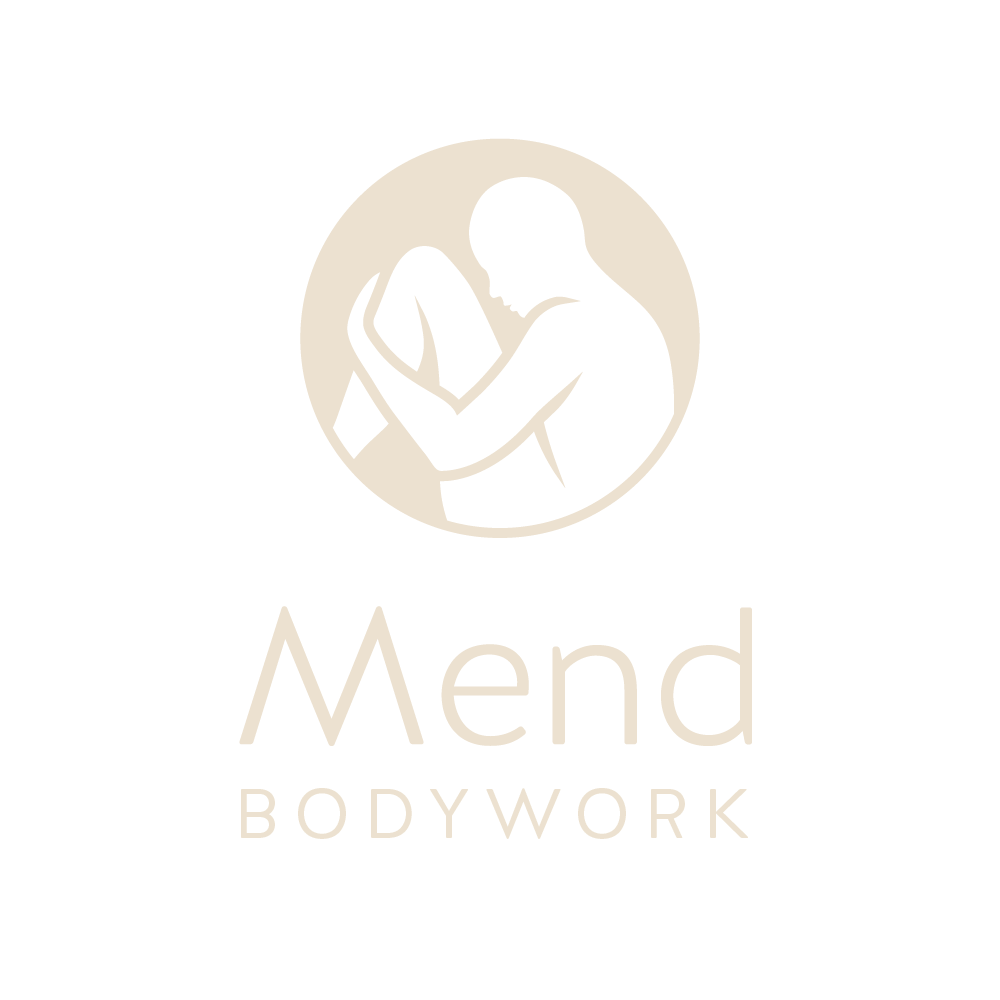Is My Low Back Safe To Stretch? - New & Old Injuries & How to Care For Them
Hey guys, Bella here. 👋🏻 As a massage therapist, I've had the privilege of helping many clients find relief from lower back pain through the power of therapeutic touch. Having dealt with a fair amount of it myself, I feel eager to talk about this subject. In this blog post, I'll share insights into how massage therapy can be an effective solution for alleviating lower back pain.
Before delving into the role of massage therapy, it's essential to understand the causes and manifestations of lower back pain. This type of pain can result from various factors, including muscle strain, herniated discs, sciatica, or even stress. It often presents as a dull, aching sensation or sharp, shooting pain in the lumbar region. Understanding the difference between new and old back injuries and knowing how to safely care for them is crucial for managing and recovering from these injuries. Here's a guide to help you distinguish between the two and provide appropriate care:
New Back Injuries and Acute Pain
New back injuries refer to recent incidents or acute episodes that have caused immediate pain or discomfort in your back. These injuries can result from sudden movements, accidents, lifting heavy objects improperly, or strains during physical activities. Symptoms of a new back injury often include sharp, localized pain, muscle spasms, limited range of motion, and sometimes swelling or bruising at the injury site. The pain may be intense and immediate.
Care and Treatment
Rest- Immediately rest and avoid any activities that worsen the pain.
Ice- Apply ice to the injured area for the first 48 hours in 20-minute intervals to reduce inflammation and numb the pain.
Compression- Use a compression bandage if there's swelling.
Elevation- If possible, elevate the injured area to minimize swelling. Lying on your stomach with a pillow under your hips can decompress your spine and relieve some pain.
Medical Evaluation- If the pain persists, consult a healthcare professional for a proper diagnosis and treatment plan, which may include massage therapy, physical therapy, rest, or in severe cases, surgery. We strongly recommend consulting with a qualified healthcare professional to address any specific questions or concerns related to low back pain, low back strains, or any other medical condition.Please consult with your physician or healthcare provider before making any decisions based on the information found on this blog.
Old Back Injuries and Chronic Pain
Old back injuries are injuries that occurred in the past, and the pain or discomfort lingers or recurs over time. These injuries can result from previous accidents, chronic conditions, or repetitive strain. Symptoms of old back injuries vary but often include recurring pain, stiffness, and discomfort in the affected area. The pain may come and go or be more persistent.
Care and Treatment
Consultation- Consult with a healthcare professional to assess the severity and underlying cause of the old injury. They may order imaging tests like X-rays or MRIs.
Massage Therapy- Let your therapist know about your pain. They will address it accordingly using different techniques and creating a treatment plan for your specific needs (I will continue later on about these benefits).
Physical Therapy- Physical therapy exercises can help strengthen the muscles around the injury, improve flexibility, and reduce pain.
Lifestyle Modifications- Make necessary lifestyle changes to prevent aggravating the old injury. This may involve adjusting your posture, ergonomics at work, and incorporating regular exercise to maintain back health.
Heat Therapy- Unlike new injuries, old injuries may benefit from heat therapy to relax tense muscles and increase blood flow to the area. Use a heating pad or warm bath to manage pain.
General Tips for Back Injury Care
Listen to your body - Whether you have an injury or not, always pay attention to your body's signals. If an activity or movement causes pain, stop immediately and don't push yourself. It's better to take care of yourself now then pay for it long term.
Stay active - While rest is essential in the early stages of a new injury, gentle movement and exercises prescribed by a healthcare professional can promote healing and prevent muscle atrophy.
Maintaining a healthy lifestyle with a balanced diet, regular exercise, proper hydration, and adequate sleep can help prevent injury.
Use proper body mechanics whether lifting, bending, or sitting to help prevent and reduce the risk of further injury. Always bend your knees when lifting (even something small), maintain good posture, and take breaks if sitting for extended periods.
Using a small back brace can be helpful for preventing injury by reminding you to keep good posture. It can also help protect post injury and speed up recovery.
The Benefits of Massage Therapy
Muscle Relaxation: One of the primary benefits of massage therapy is its ability to relax tight and tense muscles. By applying various massage techniques, therapists can release muscle knots and improve blood flow to the affected area, reducing pain and discomfort.
Improved Circulation: Massage therapy increases circulation, which helps deliver essential nutrients and oxygen to the muscles and tissues in the lower back. Enhanced blood flow promotes healing and reduces inflammation.
Enhanced Flexibility: Regular massage sessions can increase the flexibility and range of motion in the lower back. This is particularly beneficial for individuals with stiffness or limited mobility due to pain.
Stress Reduction: Stress can exacerbate lower back pain. Massage therapy is known for its ability to reduce stress and promote relaxation, which can indirectly alleviate lower back pain caused or exacerbated by stress.
As a massage therapist and speaking from experience, I've witnessed the transformative effects of massage therapy on clients and myself suffering from lower back pain. After experiencing “throwing out my back” at age 22 from repeated poor ergonomics at work, the only relief I found was with my massage treatment plan. While massage can be incredibly beneficial, it's essential to consult with a healthcare professional to determine the underlying cause of your pain and to develop a comprehensive treatment plan. If you're experiencing lower back pain, without significant injury, don't hesitate to reach out to a qualified massage therapist who can provide targeted relief and improve your overall well-being.
Remember, massage therapy is not a one-size-fits-all solution, and its effectiveness may vary from person to person. However, with the right approach and a skilled therapist, you can find relief from lower back pain and embark on a journey to better health and comfort.
Disclaimer: This blog post is for informational purposes only and should not be considered a substitute for professional medical advice or treatment. Always consult with a healthcare provider before starting any new healthcare regimen, including massage therapy.

